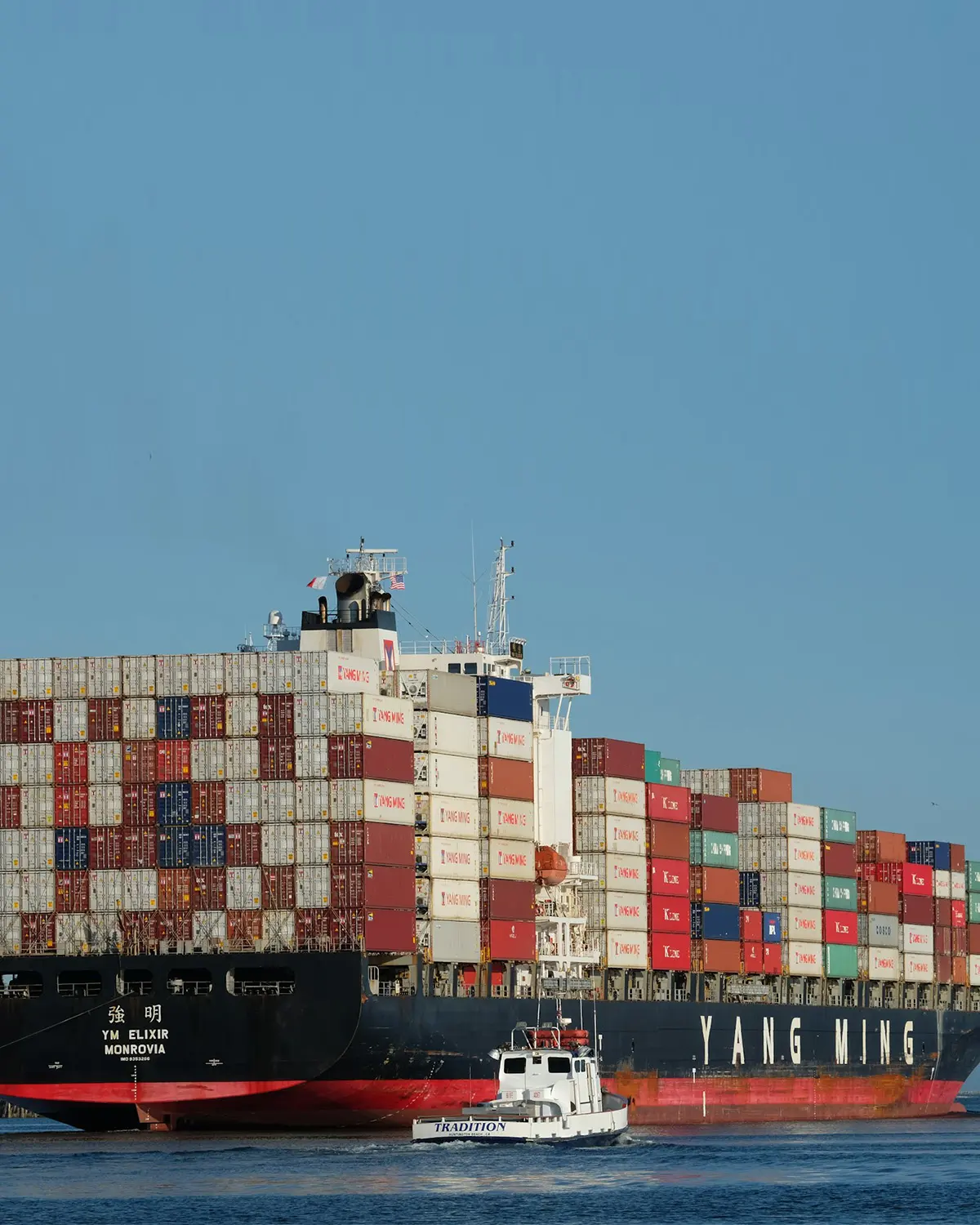In today's fast-paced world, where time is of the essence, choosing a reliable mode of transportation is crucial. Whether it's for commuting, traveling, or transporting goods, we all seek a means of transportation that ensures timely and efficient journeys. In this forum post, we will delve into the various modes of transportation and analyze their reliability factors to determine which one reigns supreme.
- Air Travel: The Epitome of Reliability
When it comes to long-distance travel, air transportation stands out as the most reliable option. With advanced technology, stringent safety measures, and well-established infrastructure, airlines offer unparalleled efficiency and punctuality. Moreover, flight schedules are meticulously planned, minimizing the chances of delays caused by traffic congestion or adverse weather conditions. Airlines also prioritize customer satisfaction, providing alternative arrangements in case of unforeseen circumstances. - Railways: A Steadfast Choice
Railways have long been recognized as a reliable mode of transportation, especially for medium to long distances. Thanks to dedicated tracks and centralized control systems, trains are less susceptible to traffic congestion and can maintain consistent speeds. Additionally, railway networks often have backup plans in place to mitigate disruptions caused by maintenance work or unforeseen events. However, occasional delays due to technical issues or accidents can still occur, albeit at a lower frequency compared to other modes. - Road Transport: The Mixed Bag
Road transport, including cars, buses, and trucks, offers flexibility and accessibility but comes with its fair share of reliability challenges. Traffic congestion, accidents, and unpredictable weather conditions can all contribute to delays and disruptions. However, advancements in navigation systems, real-time traffic updates, and efficient logistics management have significantly improved the reliability of road transport. Additionally, for shorter distances or areas with limited access to other modes of transportation, road transport remains a practical choice. - Maritime Shipping: The Slow but Steady Option
Maritime shipping is renowned for its ability to transport large quantities of goods across vast distances. While it may not be the fastest mode of transportation, it boasts a remarkable track record in terms of reliability. Shipping companies meticulously plan routes, considering weather patterns and potential obstacles, to ensure timely delivery. However, factors such as port congestion, customs procedures, and unforeseen events at sea can occasionally lead to delays.
Conclusion:
After a comprehensive analysis, it is evident that air travel emerges as the most reliable mode of transportation, particularly for long-distance journeys. Railways offer a steadfast alternative, while road transport and maritime shipping have their own advantages and limitations. Ultimately, the choice of transportation mode depends on the specific requirements, distance, and circumstances. By understanding the reliability factors associated with each mode, individuals can make informed decisions to optimize their travel experiences.

More Stories
What Affects Break Bulk Ocean Freight Rates? A Complete Guide for Shippers
Why Quality MG Parts Are Essential for Extending the Life of Your MG Vehicle
How Do the Safety and Self-Protection Features of the Fire Extinguishing Robot Enhance Performance in High-Risk Fire Scenes?